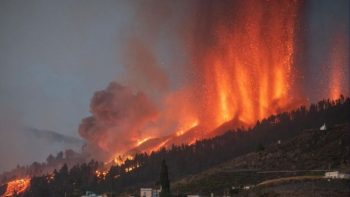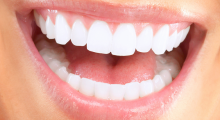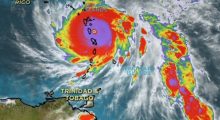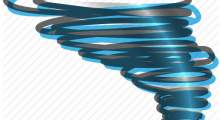VIDEO: 10 Weirdest Phobias
There’s nothing funny about being scared, but it’d be difficult to stifle your laughter if someone told you they suffered from one of these weird phobias. We’ve all got our own fears, but at least we can be thankful that we aren’t afraid of ducks or garden gnomes.
Here are 10 weird phobias you’ll be glad you don’t have!
Anyone can write on Evonews. Start writing!
According to Wikipedia, a phobia is a type of anxiety disorder, defined by a persistent fear of an object or situation. The phobia typically results in a rapid onset of fear and is present for more than six months. The affected person will go to great lengths to avoid the situation or object, typically to a degree greater than the actual danger posed.
If the feared object or situation cannot be avoided, the affected person will have significant distress. With blood or injury phobia, fainting may occur. Agoraphobia is often associated with panic attacks. Usually a person has phobias to a number of objects or situations.
Phobias can be divided into specific phobias, social phobia, and agoraphobia. Types of specific phobias include to certain animals, natural environment situations, blood or injury, and specific situations. The most common are fear of spiders, fear of snakes, and fear of heights.
Occasionally they are triggered by a negative experience with the object or situation. Social phobia is when the situation is feared as the person is worried about others judging them. Agoraphobia is when fear of a situation occurs because it is felt that escape would not be possible.
Specific phobias should be treated with exposure therapy where the person is introduced to the situation or object in question until the fear resolves. Medications are not useful in this type of phobia. Social phobia and agoraphobia are often treated with some combination of counselling and medication. Medications used include antidepressants, benzodiazepines, or beta-blockers.
Specific phobias affect about 6-8% of people in the Western world and 2-4% of people in Asia, Africa, and Latin America in a given year. Social phobia affects about 7% of people in the United States and 0.5-2.5% of people in the rest of the world.
Agoraphobia affects about 1.7% of people. Women are affected about twice as often as men. Typically onset is around the age of 10 to 17. Rates become lower as people get older. People with phobias are at a higher risk of suicide.
A specific phobia is a marked and persistent fear of an object or situation which brings about an excessive or unreasonable fear when in the presence of, or anticipating, a specific object; the specific phobias may also include concerns with losing control, panicking, and fainting which is the direct result of an encounter with the phobia.
Specific phobias are defined in relation to objects or situations whereas social phobias emphasize social fear and the evaluations that might accompany them.
The DSM breaks specific phobias into five subtypes: animal, natural environment, blood-injection-injury, situational, and other. In children, phobias involving animals, natural environment (darkness), and blood-injection-injury usually develop between the ages of 7 and 9, and these are reflective of normal development.
Additionally, specific phobias are most prevalent in children between ages 10 and 13.
In order to view the video please allow ads ( disable ad block extension ) for this website.
Thank you.


































